The pharmaceutical industry is a dynamic and ever-evolving field, driven by constant advancements in technology and the quest for more effective drug formulations. One such technological marvel that has played a pivotal role in pharmaceutical manufacturing is the spray dryer. In this article, we will delve into the world of mini spray dryer price in the pharmaceutical industry, exploring their history, applications, benefits, challenges, and the future prospects they offer.
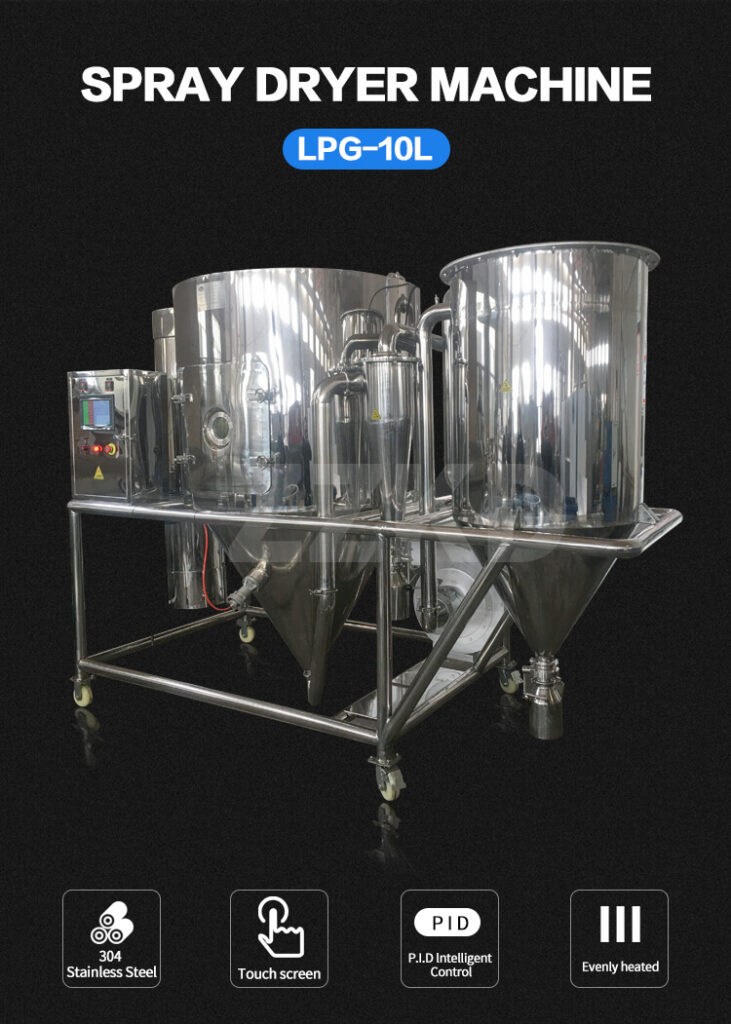
1. A Historical Perspective
From Humble Beginnings to Modern Marvels
The journey of spray dryers in the pharmaceutical industry is a testament to human ingenuity. It all began with simple atomization techniques in the early 20th century. These initial devices were rudimentary compared to today’s sophisticated machinery. Over the years, innovation and R&D efforts have transformed spray dryers into indispensable tools for pharmaceutical companies worldwide.
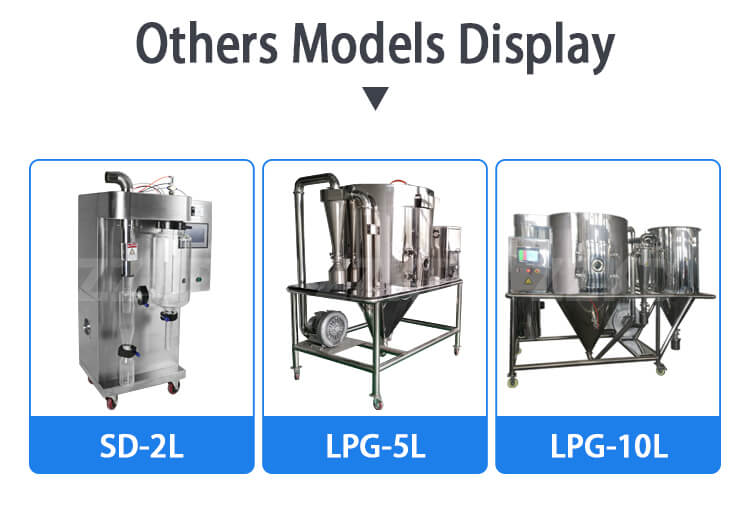
2. Versatile Applications
Where Spray Dryers Shine
Spray dryers are prized for their versatility in pharmaceutical applications. They excel in converting liquid formulations into powders, facilitating drug production in various forms, including tablets, capsules, and inhalable powders. The ability to control particle size and morphology makes spray dryers invaluable for achieving precise drug delivery systems.
3. Advantages of Spray Dryers
Efficiency, Precision, and More
The pharmaceutical industry demands efficiency, precision, and consistency, which spray dryers deliver in abundance. These machines offer rapid drying times, ensuring minimal degradation of heat-sensitive drugs. Moreover, they enable precise control over particle size distribution, enhancing the bioavailability and effectiveness of medications.
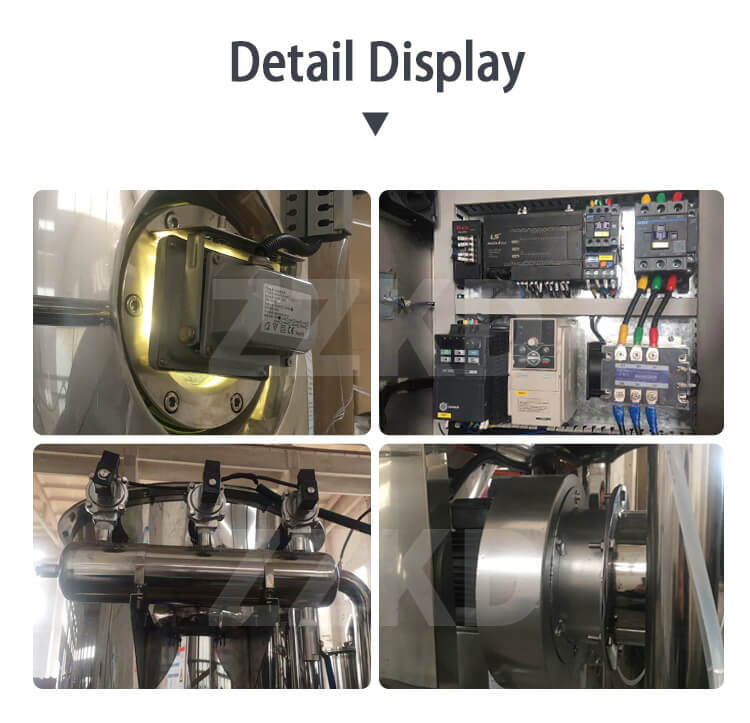
4. Challenges in Pharmaceutical Spray Drying
Overcoming Hurdles for Optimal Results
While spray dryers offer numerous advantages, they come with their own set of challenges. One major concern is the potential loss of bioactivity in heat-sensitive drugs during the drying process. Mitigating this issue requires precise control of temperature and moisture levels. Additionally, cleaning and maintenance of spray dryers demand rigorous protocols to prevent cross-contamination.
5. The Future of Spray Dryers in Pharmaceuticals
Innovations and Emerging Trends
As pharmaceutical research continues to push boundaries, so does the evolution of spray dryers. Emerging trends include the integration of advanced process control systems, such as artificial intelligence, to optimize drying parameters in real-time. Furthermore, the development of hybrid drying technologies holds promise for even more efficient and cost-effective drug production.
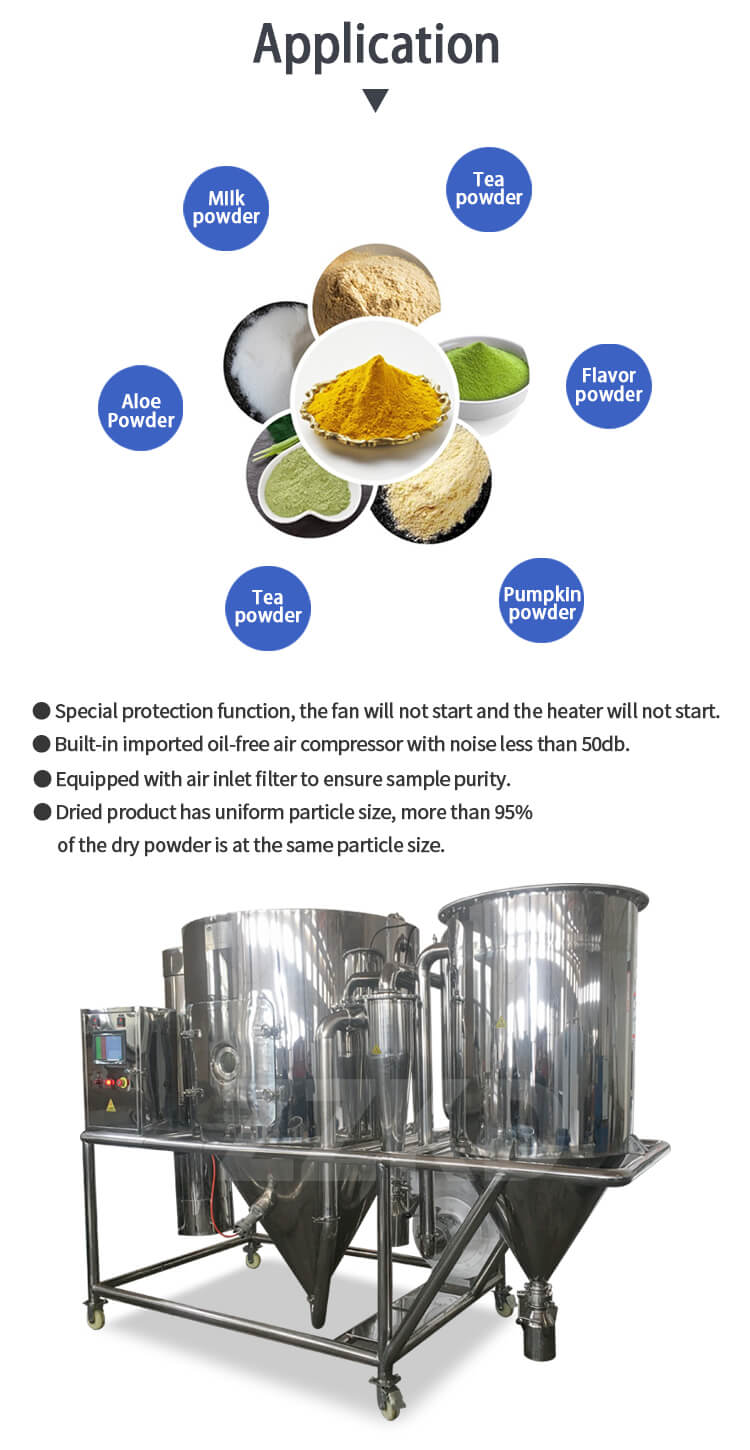
6. The Environmental Impact
Balancing Efficiency and Sustainability
In an era of increasing environmental awareness, pharmaceutical companies are under pressure to reduce their carbon footprint. Spray dryers are no exception, and efforts are underway to make them more energy-efficient and environmentally friendly. This includes the use of renewable energy sources and the development of greener drying techniques.
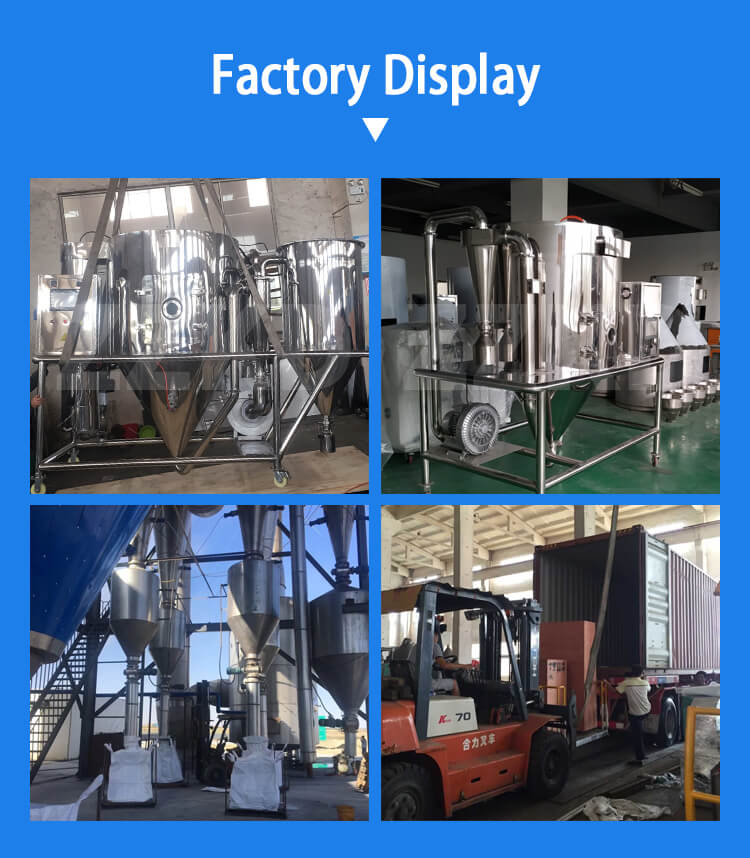
Conclusion
The role of spray dryers in the pharmaceutical industry has evolved from humble beginnings to become an integral part of drug manufacturing. Their ability to produce precise drug formulations with efficiency and versatility has reshaped pharmaceutical processes. While challenges remain, ongoing innovation promises a future where spray dryers continue to play a pivotal role in delivering life-saving medications to people around the world. As pharmaceutical research advances, so too will the capabilities of spray dryers, ensuring a bright future for this indispensable technology in the pharmaceutical industry.
